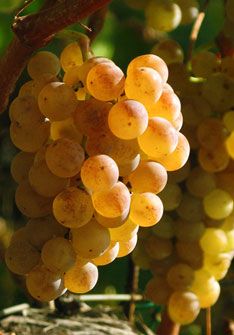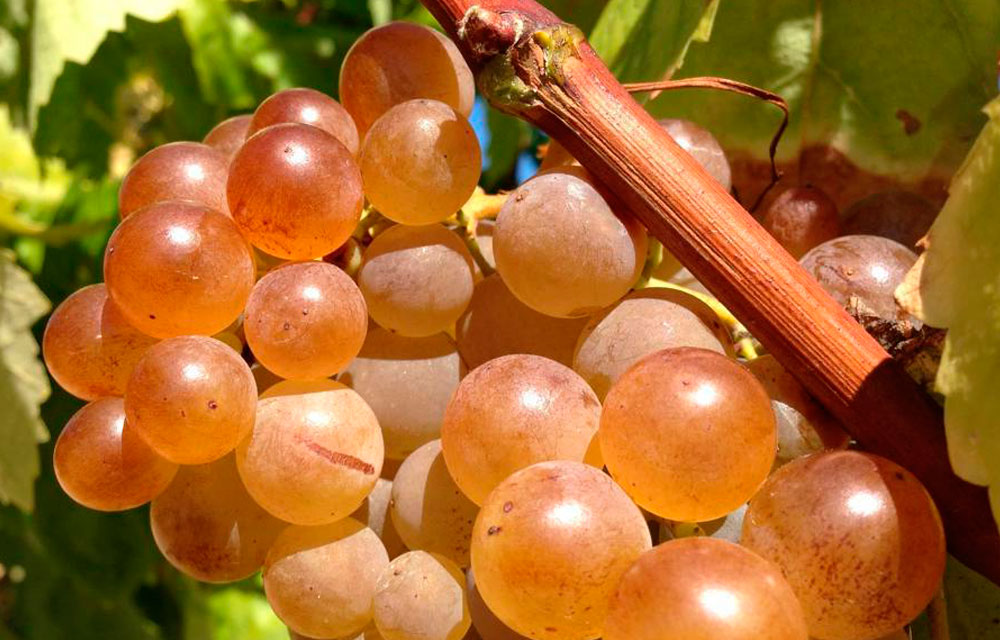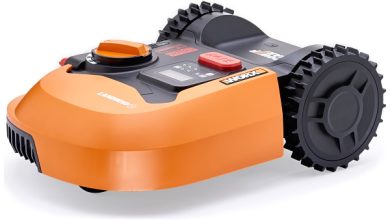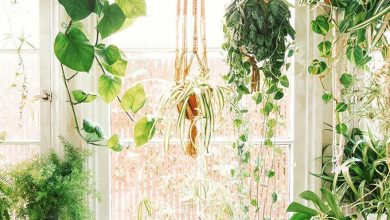White Pansa grape variety

With names like Cartoixá, Cartuja Blanca, Cartuxa, Pansá, Pansá Rosa, Pansal, Pansalet, Pensal Blanco, Viñate, Xarel-ló, Xarelo, Xarelo Blanco, Xarello, Premsal Blanc, Premsal moll, Pansa Valenciana, Panser, Palop, Cartoixa, Valencian plant, Bona Plant in the Levant, … is called, according to places, the Pansa Blanca grape variety.
This variety has its possible origin in Catalonia, being the third basic grape in the production of cavas along with Parellada and Macabeo. In these cavas, the Pansa Blanca grape variety gives the cava body and structure.
As a curiosity, the Pansa Blanca variety is the name given to the Xarel lo white grape variety in the Vinos de Alella Denomination of Origin. In this region it is considered a native variety. Today, it is also a widely cultivated variety in the Penedès Denomination of Origin and in the Campo de Tarragona.
Thus, and in general, among the areas where the Pansa Blanca grape variety is grown are those of Alella, Costers del Segre, L’Empordá-Costa Brava, Penedés, Pla del Bages, Priorato and Tarragona.

White Pansa grape vines
It is a variety that is not very demanding with the composition of the soil, although it prefers not very compact and adapts perfectly to the microclimates of this Mediterranean basin.
It has upright shoots and slow budding, which makes it more resistant to late spring frosts. In cultivation, it prefers the trellis support technique.
The white Pansa grape vines produce medium-sized but dense clusters, with compact, spherical and sweet berries, amber-yellow in color and thick skin.
The maturation of its grapes, in the Denomination of Origin Vinos de Alella, is located on the last fortnight of September.
As for its production, it is quite irregular, since it is very sensitive to frost and diseases such as mildew.
This variety is one of the white grapes with the highest quality and personality, producing balanced, consistent, aromatic wines with high acidity, with fresh and fruity aromas (apple).
Note that, as a wine, it can continue to mature in the bottle for many years, just as it is used to complement other varieties.
The coupage (mixture of different types of grapes in the same bottle, looking for a different result in the composition of the broth) of the Pansa blanca together with the Parellada and Macabeo, has been the classic combination that has traditionally been used to make cava..
White Pansa wines from Alella
A trend that has been carried out in recent decades by viticulturists, among other places, those of the Alella wine-growing area, is the recovery of old vines to produce wines 100% of the Pansa Blanca variety. The result is aged wines, with a body structure, dry, with an acidity that gives them freshness and complex aromas.
These wines provide different nuances depending on the aging method:
- Aged in barrel. They provide characteristic aromas of baked apple.
- In skin macerations. The skin gives the wine a bright yellow color, while providing much more complex aromas, with notes of vine peaches and apricots.
- In stainless steel elaborations, the white wine has aromas of white fruits, fresh apple and pear.
Regardless of the method chosen, in the mouth, the Pansa Blanca wine has a characteristic and identifying finish: the very elegant bitter-citrus of the green almond tree.


![Photo of Bella Sombra: [Cultivation, Irrigation, Care, Pests and Diseases]](https://www.complete-gardening.com/wp-content/uploads/2021/06/Que-caracteristicas-tiene-el-arbol-bella-sombra-390x220.jpg)

![Photo of Subpolar Climate: [Characteristics, Flora, Fauna and Adaptability]](https://www.complete-gardening.com/wp-content/uploads/2022/08/subpolar-climate-characteristics-flora-fauna-and-adaptability-390x220.png)